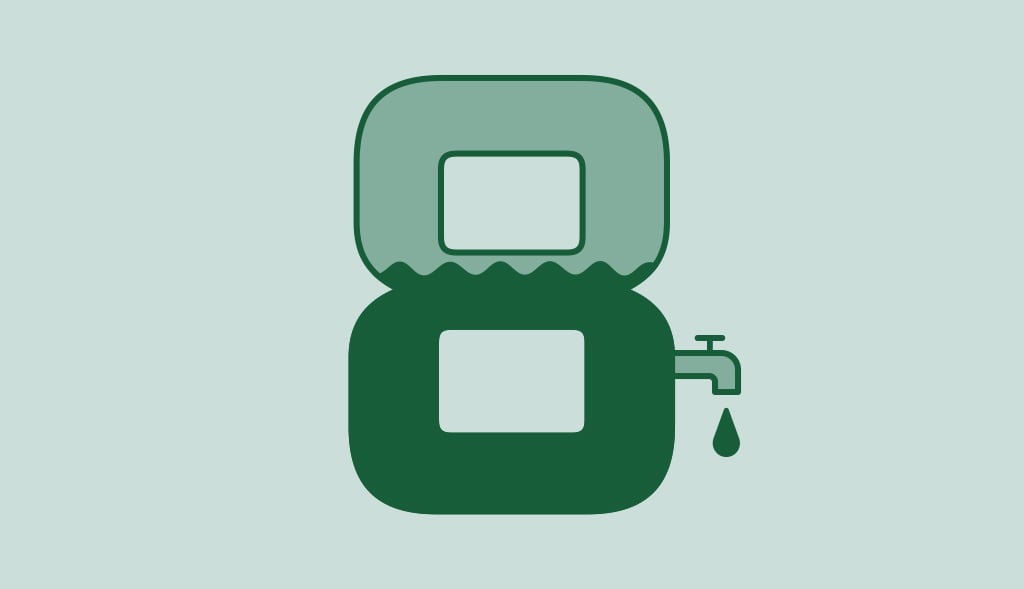What Causes Too Much Pressure in a Hot Water Heater?

It’s important to maintain the correct pressure in a hot water heater for efficient performance and safety. But what happens when the pressure gets too high? Let’s dive deep into the factors that cause excess pressure in a hot water heater and how they can be addressed.
The Role of Temperature and Pressure in Heating Systems
A hot water heater works by converting electrical energy or burning fuel to heat a tank full of water. The heating element heats the water, transforming cold water into a hot, relaxing bath or a warm, cleansing shower. However, when water is heated, it expands. This phenomenon, known as thermal expansion, leads to an increase in the water heater pressure.
If the water heater is part of a closed system, where water cannot flow back into the mains. The water pipes must accommodate this extra volume of water. The water expands by about 0.02% for every degree Fahrenheit it is heated. So, the more the heating element heats the water, the greater the pressure generated in the system.
Struggling with Water Heater Pressure? Here’s Your Solution!
Tired of troubleshooting pressure issues? Corro-Protec’s powered anode rod provides a simple and effective solution that addresses the core problem. Enhance the efficiency and reliability of your water heater and say goodbye to pressure problems. Choose Corro-Protec for a worry-free water heater experience.
How High Pressure Can Lead to Problems
When the pressure surpasses 150 psi pounds per square inch, the temperature and pressure relief (T&P) valve will open to relieve the excess water. It protects the heater and water pipes from damage. However, if this valve fails or the pressure increases too rapidly, it may lead to severe water damage in your home.
High Limit Switch and Pressure Relief Valve
To prevent an unsafe rise in water pressure, heaters come equipped with a high limit switch and a pressure relief valve.
The high limit switch automatically shuts off the power to the heating element. When the water temperature exceeds a certain point, usually around 180°F, it will shut off.
The pressure relief valve serves as a safety measure. It releases excess water when the pressure or temperature become too high. If the pressure relief valve is faulty or absent, the hot water heater could explode due to excess pressure.
The Role of the Expansion Tank in Pressure Regulation
To avoid the potential risks of high pressure, an expansion tank can be added to your water heater system. The expansion tank is a small container that captures excess water when thermal expansion occurs. It allows the extra water to flow back into the tank when the temperature and pressure drop. This significantly reduces the pressure in your hot water heater and prevents the T&P valve from opening without warning.
Maintaining the Right Temperature Setting
The temperature setting on your water heater can also influence the pressure. A higher temperature setting leads to a greater increase in volume when the water is heated, creating more pressure. For this reason, many experts suggest setting your water heater no higher than 120°F to maintain safe and efficient operation.
In Conclusion: Controlling the Pressure in a Hot Water Heater
Good maintenance and a good understanding of hot water heater can help avoid the damages caused by too much pressure. It’s all in the control aspect of the matter. The pressure should be between 40 and 60 on the gauge.
Regular checks of the limit switch and the pressure relief valve can help significantly the pressure.
In closed systems, the addition of an expansion tank can be a beneficial safety measure. This tank provides room for excess water to go during thermal expansion, thereby preventing high pressure build-ups.
By keeping these points in mind, you can ensure a safe and comfortable environment. Free from the worries of water damage and high water heater pressure.
DISCLAIMER: The information provided is for general DIY guidance on water heater maintenance and does not replace professional advice or service. Risks include electric shocks, burns, and property damage. Prioritize safety, follow manufacturer’s guidelines, and consult with professionals if unsure. Comply with local laws and obtain necessary permits. Use this information at your own risk; the provider assumes no liability for any injuries or damages. If in doubt, hire a professional.
Blog
Why You Need a Water Heater Expansion Tank and How it Works
Are you familiar with the concept of a water heater expansion tank? If not, this article is an excellent place to start. Research from the […]
How to Drain a Water Heater – 8 Easy Steps DIY Guide
Water heaters come with a sizeable insulated tank to ensure constant water availability. However, although these appliances are supposed to heat the water and keep […]

